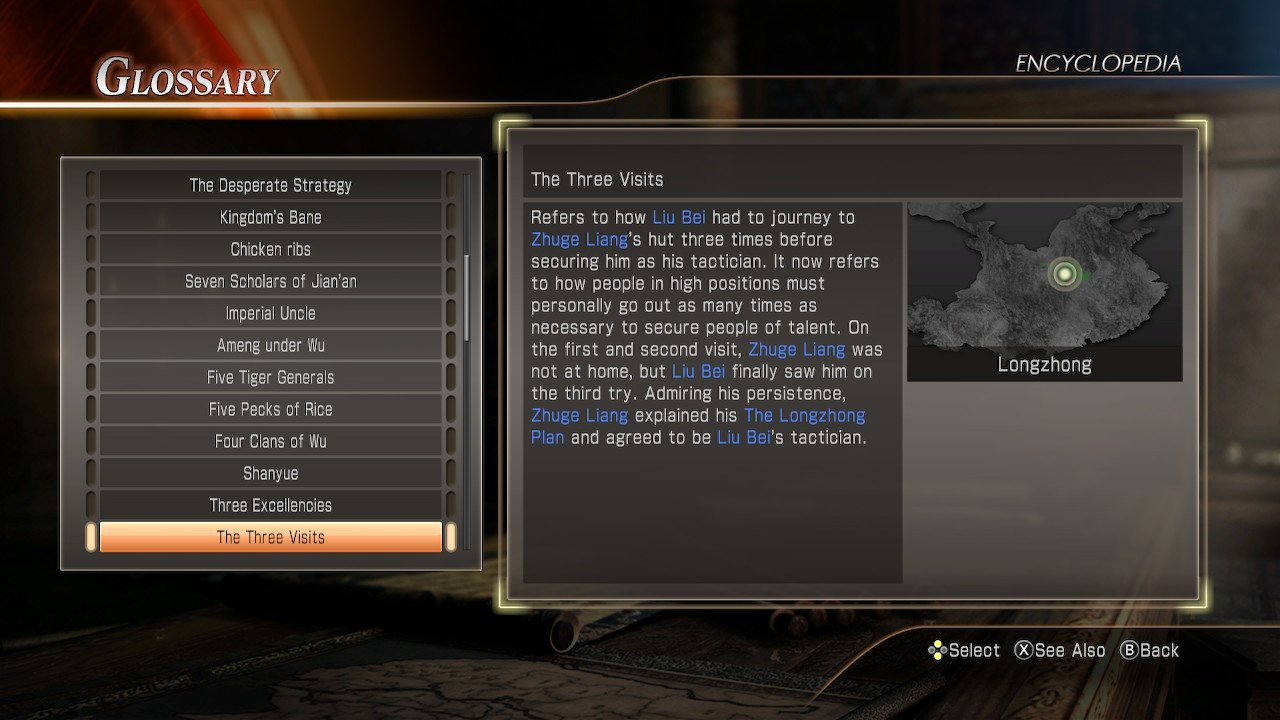
Guan Suo's "Sabatons" – equipped on the feet, focused solely on kicks and able to launch combo attacks in the air.Deng Ai's "Revolving Crossbow" – can be used for long and short-range attacks and can rapidly fire multiple arrows.Nine returning Dynasty Warriors characters gain new weapons of choice: Xun Yu excels at evaluating people, helping him to discover and recruit skilled officers for battle. He wields a weapon called the Formation Rod, and has acted as a strategic adviser to ruling monarchs. So, what’s your take? Do you agree with our top five Dynasty Warriors Empires games? How would you rank them? Let us know over on our socials here or down in the comments below.Xun Yu (featured in all of this story's screens) hails from the Wei Kingdom, one of three states that competed for control of China during the Three Kingdoms period. Funny thing is - two instalments later, and it still sits smugly at the apex of Empires entries.
DYNASTY WARRIORS 8 PC SPINNING SERIES
With fleshed out and fluid combat, instantly recognizable and nostalgic maps, and an abundance of opportunities to strategize and formulate a kingdom, the seventh instalment ushered the series into a whole other realm.

Dynasty Warriors 7 Empires had it all, and then some. Empires, of course, wasn’t all that far behind, and actually followed up only a year after its initial launch.īeing the flagship entry in the Warriors kingdom to pilot a new style into ignition, it was only natural for long-term fans to get behind it as it soared to wondrous new heights. Despite retelling the same old tale that fans had heard a hundred times before, it somehow managed to breath a second life into the franchise, once again escalating the hype for a new batch of next-level reboots. To many, Dynasty Warriors 7 was the beginning of a whole new chapter for the series. A standout entry, for sure, but nothing textbook. Conquering Ancient China was as riveting as it was in previous games, only it had a lot more personality than its former ports. Gameplay-wise, the game had a lot going for it, and gracefully upped the ante with a helping of polished and finely tweaked visuals. While not offering anywhere near as many features as its later instalments, 5E still showed a lot of promise, and lay the foundations for what was destined to be a well-oiled machine. And as for its Empires follow-up, well, let’s just say it was merely the icing on the cake. Dynasty Warriors 5, being one of the last few video games to release prior to the Xbox 360 launch, was a perfect homage to the beloved timeline that came before it. Only a couple of years before Omega Force booted the Warriors kingdom into the next generation of consoles, the rising faction put one last-ditch effort into giving the series a well-deserved send-off. Thankfully, it was also what paved the way for its many later releases, meaning credit is definitely due here. All in all, 4E was a real turning point for the franchise.

Forging a land to your own design was new and exciting, and was backed by a slew of additional challenges that failed to find a home within the base game.

Unlike anything else from its time, the new and innovative design streamlined a fresh and invigorating concept one that would further amplify its reputation.ĤE didn’t have the same fluidity of the other games, sure, but for its time, it was a breath of fresh air a real game-changing comeback to help revitalize the Romance of the Three Kingdoms story. Empires, of course was the result of that, with Dynasty Warriors 4 being the hub for such an opportunity. A little while after Warriors found its feet on the hack and slash front, Omega Force looked to usher in a new wave of spin-off handles that would help push the series to new heights.


 0 kommentar(er)
0 kommentar(er)
